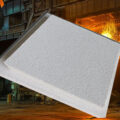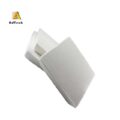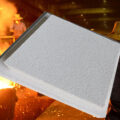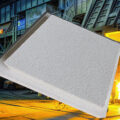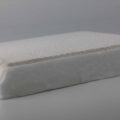Ceramic Filter Indonesia Alumunium Alloy for molten metal filtration has a high melting point and will not melt or decompose into molten metal during the casting process.
The molten metal foam ceramic filter uses polyurethane foam as a carrier, filled with a ceramic slurry made of fine powder such as refractory aggregate sintering aids, binders, and water, and then squeezes the slurry. The foam fibers around the ceramic material are dried, fired, and sintered at a high temperature, and then decomposed by heat, leaving a foam ceramic product, namely, a foam ceramic filter.
The foam ceramic filter is like a sieve, which prevents foreign particles and aggregates larger than the pore size of the filter surface from passing through. After sieving, many inclusions larger than the pore size of the filter are trapped at the inlet end of the filter.
As the number of trapped inclusions increases, a cake of large inclusions is formed on the surface of the inlet end of the filter. The filter cake makes the liquid thinner, so that the inclusions smaller than the pore size of the filter are also partially captured by the “filter cake”. Inside the ceramic foam filter, the flow path of the melt is tortuous, and even cross-flow occurs in a small area.
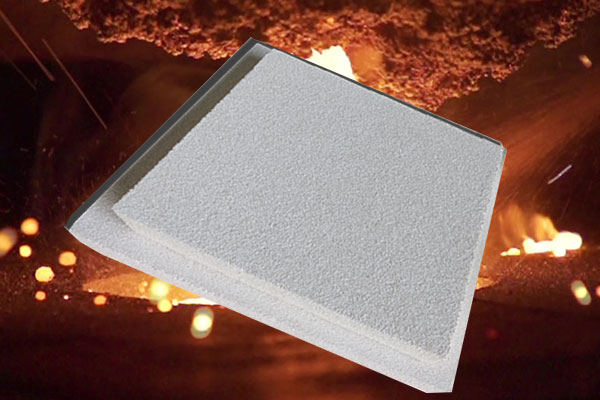
Ceramic Filter Indonesia Alumunium Alloy Function
- Removal of impurities and slag: purification and simultaneous degassing of molten metal (adjustment of turbulence):
- After filtering, the viscosity of the molten metal decreases, and the fluidity of the aluminum alloy liquid increases by 10%-15%. Therefore, filtration improves the filling capacity of molten metal.
- The metal melt is turbulent before filtering, and becomes laminar after filtering (the tortuous channel in the flow channel of the foam ceramic filter), which reduces the gas volume and the formation of secondary slag;
- As the filtration progresses, the filtration mechanism ranges from sieving, filter cake to deep bed filtration, and the purity of the filtered liquid metal is getting higher and higher.
As a subsidiary of MINDD, a state-owned mining holding company, Inalum, Indonesia, is committed to the development of domestic aluminum industry clusters through its subsidiary, Indonesia Alumunium Alloy (IAA).
Danny Praditya, director of operations and investment portfolio of MIND ID, said that the company will increase its annual production capacity of recycled aluminum rods to 50,000 tons in phases and produce various extruded aluminum products as derivative products.
The company’s initiative is through the renovation project of the secondary aluminum rod smelter. In this secondary aluminum rod smelter renovation project, IAA cooperated with the contractor Rekayasa Industri (Rekind) State Industrial Engineering Company and the Asahan Citra Win joint venture.
The company has set an indicator that the renovation project of the secondary aluminum rod smelter will be completed and put into full production in the fourth quarter of 2022 to meet the needs of the domestic and foreign markets.
In addition to the production of downstream products, the company will develop aluminum industrialized production lines in the future. In the production process, IAA uses raw materials recovered from scrap aluminum products.



